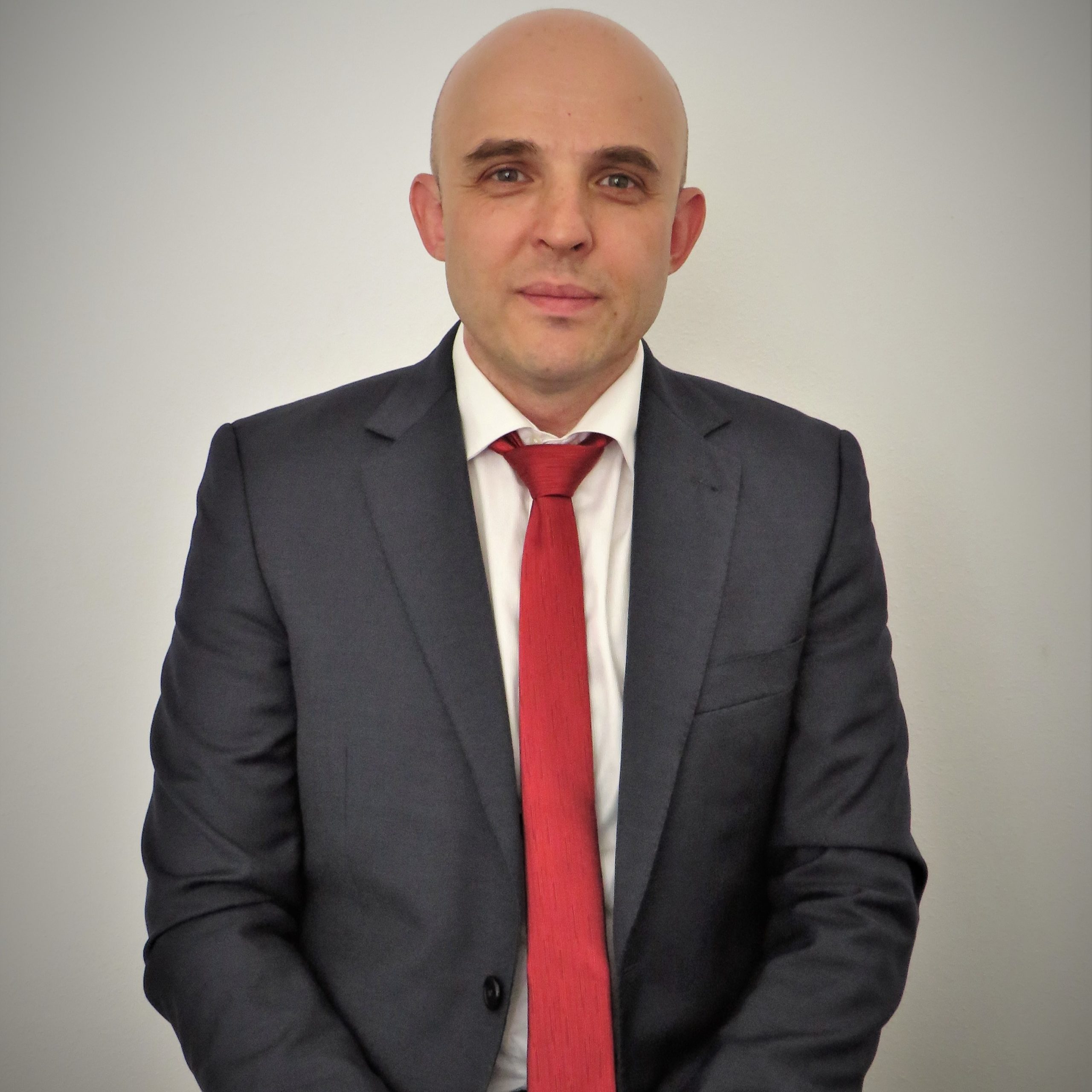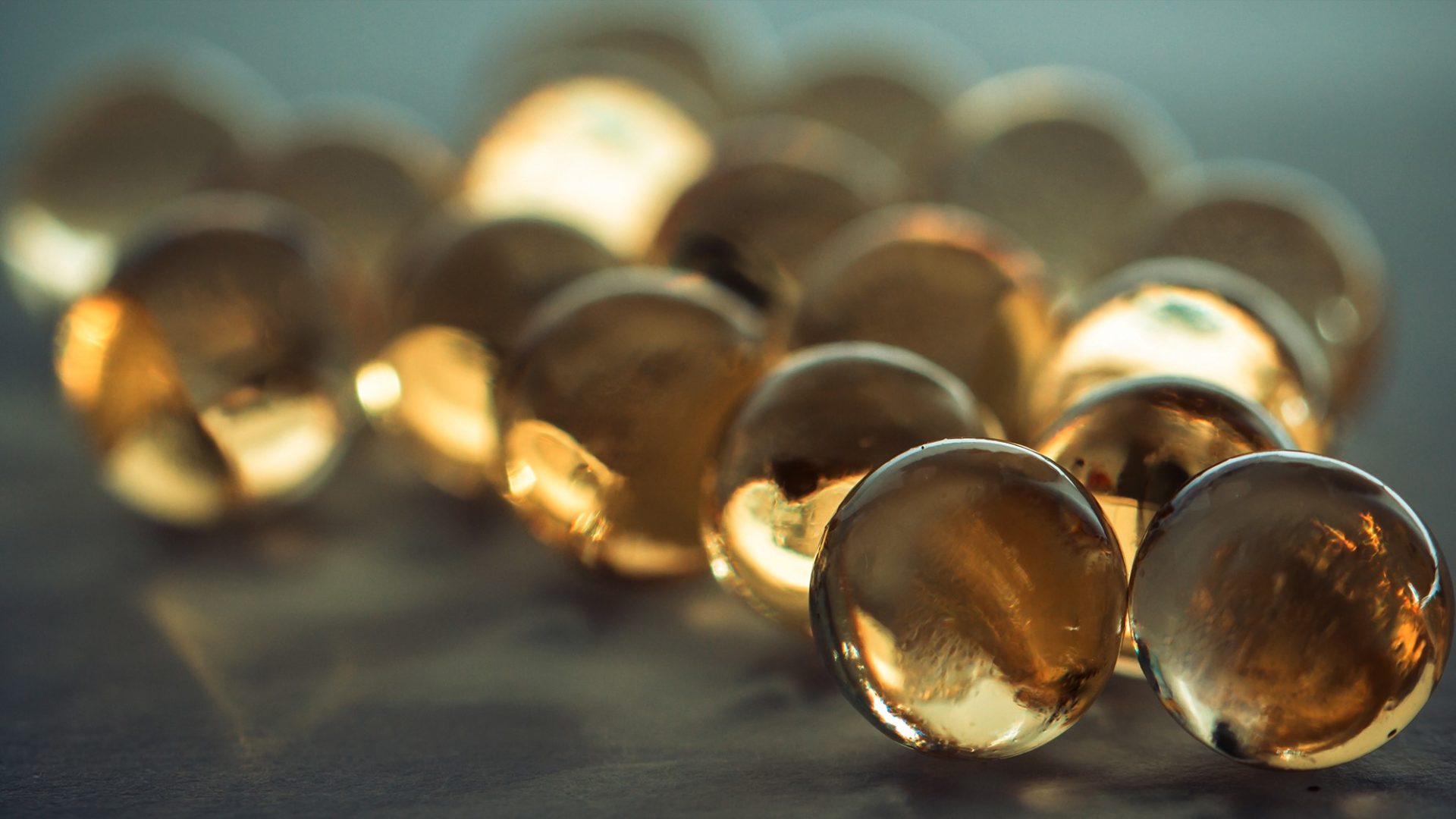
Hydrogen is proving pivotal to global decarbonization. Offering unmatched versatility as a fuel or feedstock, hydrogen is already being used across transportation, heat, and energy applications, within industrial, commercial, and domestic environments, and demand is projected to soar in the years and decades ahead.
While hydrogen can be produced using various methods and feedstocks, Green Hydrogen, where renewable energy-powered electrolysis splits water into Hydrogen and Oxygen, is generally accepted as the most sustainable approach. While dedicated large-scale producers are entering the market, there is also increasing demand for in-house Green Hydrogen production solutions for businesses across many industries.
Approximately 10 litres of water are required to produce each kilogram of Hydrogen; an electrolyzer of 1 MW electrical capacity requires a constant supply of approximately 150L/h of demineralized water. Additionally, some systems require water-based cooling, with the corresponding consumption.
The nature of water sources will vary according to the location, with its composition determining the treatment scheme required to produce make-up water of sufficient quality. In addition to municipal supplies, surface water, or seawater, reclaimed wastewater is also an option.
While industrial wastewater reuse is not a new concept and is generally the first port of call for any enterprise, green hydrogen production presents an interesting opportunity for businesses where water is a byproduct of manufacturing processes, such as in the chemical, food and beverage, pharmaceutical, and paper industries. When volumes of wastewater exceed reuse capacity, conversion into hydrogen can help transform this waste stream into a valuable resource that can either be used internally or provide an additional source of revenue.
Water treatment technologies for Green Hydrogen
Regardless of the original water source – municipal supply, surface water, reclaimed wastewater, or seawater – additional treatment is required to reach the very high-quality levels necessary for electrolysis. This make-up water system will use a combination of technologies across three process stages, for example;
- Pre-treatment: Ultrafiltration membranes to remove solids, colloids, and organic matter and ion exchange resins as a softening treatment to remove hardness and limit scale formation of the downstream reverse osmosis membranes
- Demineralization: A multi-pass system of reverse osmosis membranes that perform bulk ion removal
- Polishing: Electrodeionization or a mixed bed of ion exchange resins to remove residual impurities and trace ions
There are currently four main types of water electrolysis technology available on the market; Alkaline Water Electrolysis (AWE), Proton Exchange Membranes (PEM) electrolyzers, Anion Exchange Membrane (AEM) electrolyzers, and Solid Oxide Electrolysis Cell (SOEC). PEM and AWE are currently the most prevalent, with various situational factors determining which of these is most appropriate for a particular installation.
However, when opting for a PEM electrolyzer solution, a further water polishing stage needs to be integrated within the recirculation loop to prevent the accumulation of critical impurities within this closed loop, which cause operational issues or shorten the electrolyzer’s lifespan. For example, fluoride leached from the PEM membrane becomes a poison for the anode and cathode, causing corrosion.
Water Quality Considerations
Historically, water quality targets for electrolysis have focused exclusively on conductivity, typically requiring that make-up water is kept below 0.1 μS/cm, helping ensure that water in the electrolyzer stack feed stream is always below 1 μS/cm. Unfortunately, this approach ignores how different substances have a varying impact on ionic load despite having the same conductivity; for example, CO2 has a 500% greater impact than NaCl.
Therefore, it is pragmatic to invest in wide-spectrum treatments that can aid with the removal or organics, silica, and CO2 in addition to charged elements. This results in higher quality make-up water, protecting the electrolyzer from harmful pollutants.
| Pollutant | Impact |
| Salts | Electrolysis inefficiency, scaling, catalyst, and membrane degradation |
| TOC | PEM membrane fouling and corrosive effects through organic acids form |
| Silica | Can buildup on catalysts surface |
| Metals | Electrolyzer membrane aging increasing cell current and causing premature failure |
| Fluoride | Can corrode surfaces and increase metal release |
| CO2 | Can reduce polishing resin life |
A high-growth future
Figures from the International Energy Agency show that global electrolyzer capacity was 2GW at the end of 2023 and is poised to grow to at least 175 GW by 2030; this rapid growth means that water supply requirements are set to skyrocket from 6,000m3 a day to more than 750,000m3. These projections are based on existing announced projects and further installations are likely to be commissioned as the Green Hydrogen production process becomes more commonplace, and organizations scurry to find further initiatives to help them achieve 2050 net zero emission targets.





